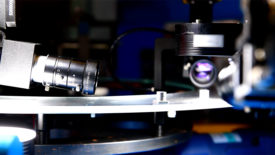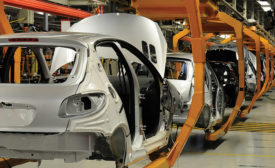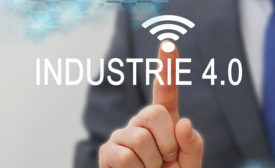Home » Keywords: » National Institute of Standards and Technology
Items Tagged with 'National Institute of Standards and Technology'
ARTICLES
Standards
As manufacturers increasingly use robots, 3-D printing, AI systems and other cutting-edge technologies, they create new risks that are not covered by existing rules. As a result, even the most foundational rulebooks are changing.
Read More
Vision & Sensors | Machine Vision 101
Machine Vision Standards: A Review and Update
Over machine vision's long history in industrial automation, the emergence and development of standards has been one of the key drivers in advancing this technology.
January 3, 2023
Large-scale manufacturing
PrecisionPath Consortium Redefining Advanced Manufacturing
Illuminating the challenges, clearing a path to the Smart Factory.
September 1, 2016
Management
Smart Manufacturing: A Digital Leap Forward
Call it Industry 4.0, the Connected Enterprise, or the Industrial Internet of Things, but this fourth manufacturing revolution is just getting started.
June 1, 2016
Stay in the know with Quality’s comprehensive coverage of
the manufacturing and metrology industries.
eNewsletter | Website | eMagazine
JOIN TODAY!Copyright ©2025. All Rights Reserved BNP Media.
Design, CMS, Hosting & Web Development :: ePublishing





